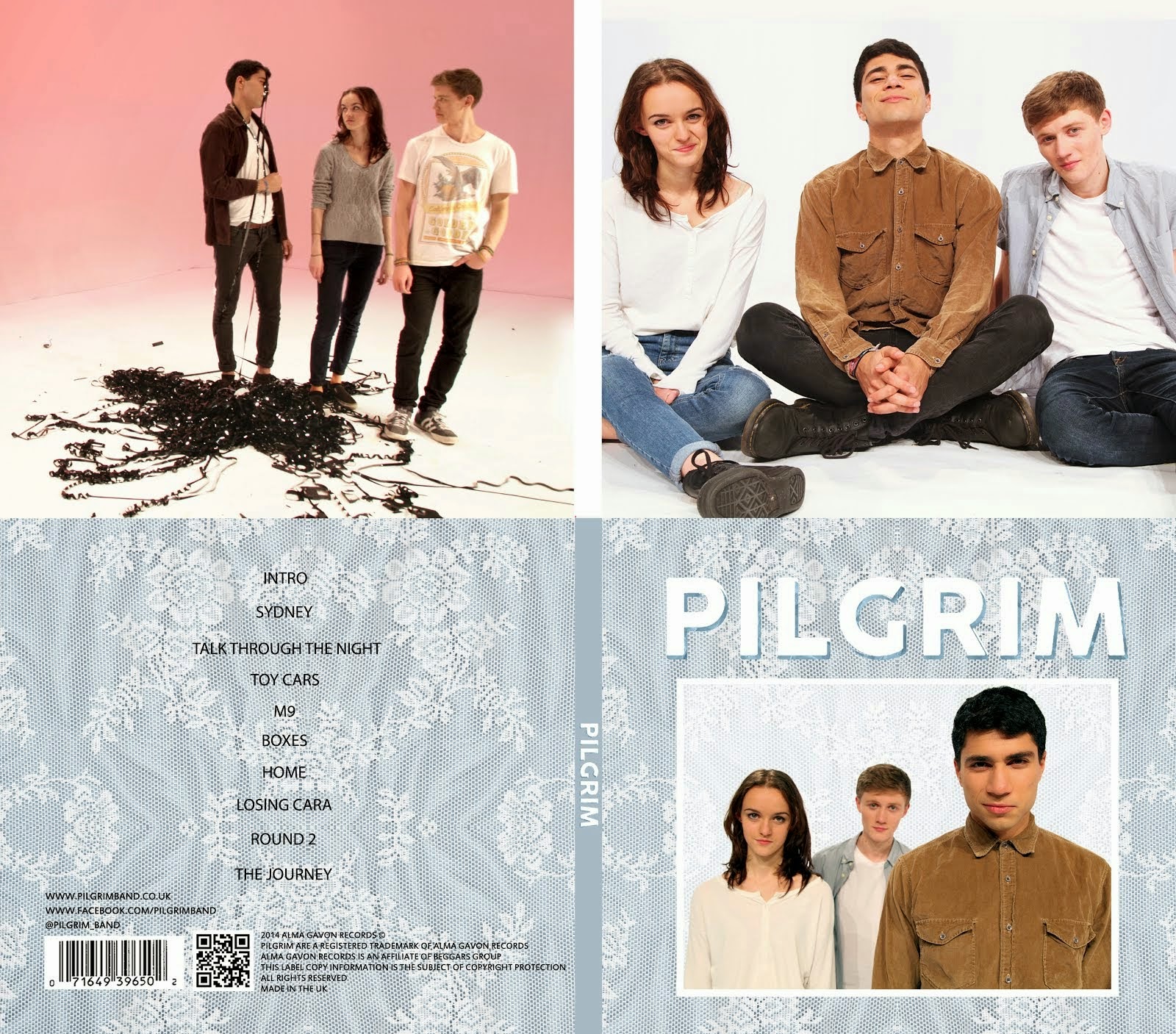The camera is used well to introduce the character and his background. We get shots of the character from many different angles and the montage is packed with zooms and pans and lots of different shot distances, such as extreme close ups to show his determined facial expressions, a long shot of him helping people in the local community or zooms from a low angle as he skids on his bike to convey excitement and action.
The editing is very fast paced. All the different shot types are thrown together and we are bombarded with lots of different angles and things happening, giving the sense that Sgt. Angel is a man who's life is packed with action. The editing is very non-linear. It is constantly cutting between shots of him walking towards wherever it is that he is going and shots of his previous life as the voiceover describes them. This contant jumping about in time again adds to the pace and also helps to introduce the character.
There is a lot of parallel editing in the sequence that creates continuity. While we are not directly told that we are being shown his previous life, we can tell that this is the case because of the voiceover. The 30 degree rule is used a lot. There are a lot of cuts in this sequence and having lots of shots from different angles both adds to the pace and helps avoid the 'jumpy' feeling that can be created if two consecutive shots are too similar. The shot types are also varied enough so that the audience is not confused. While the sequence consists mainly of close-ups and medium close-ups, there are some long shots and mid shots that help to tie all the other shots together in space so that the audience isn't confused.



No comments:
Post a Comment